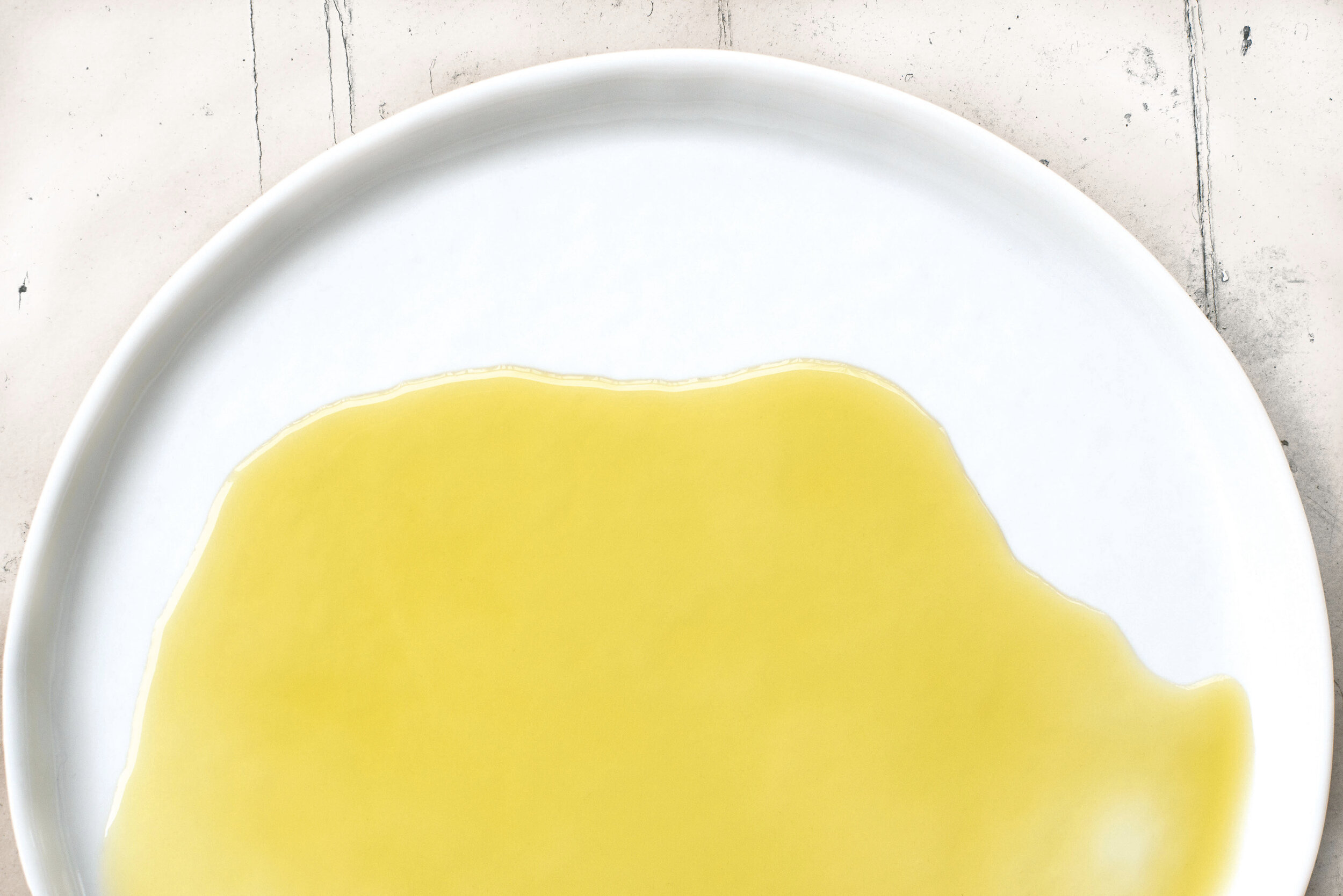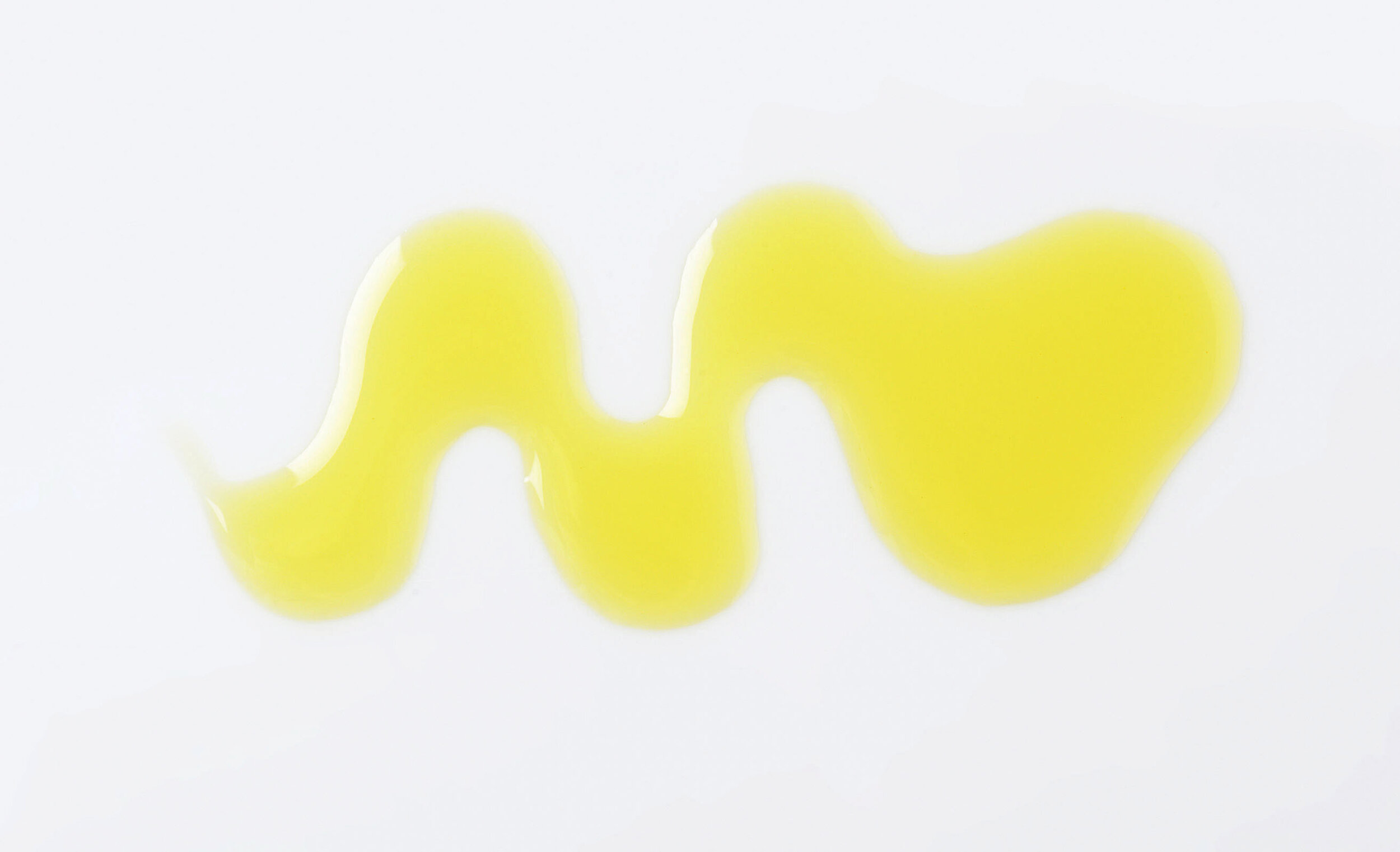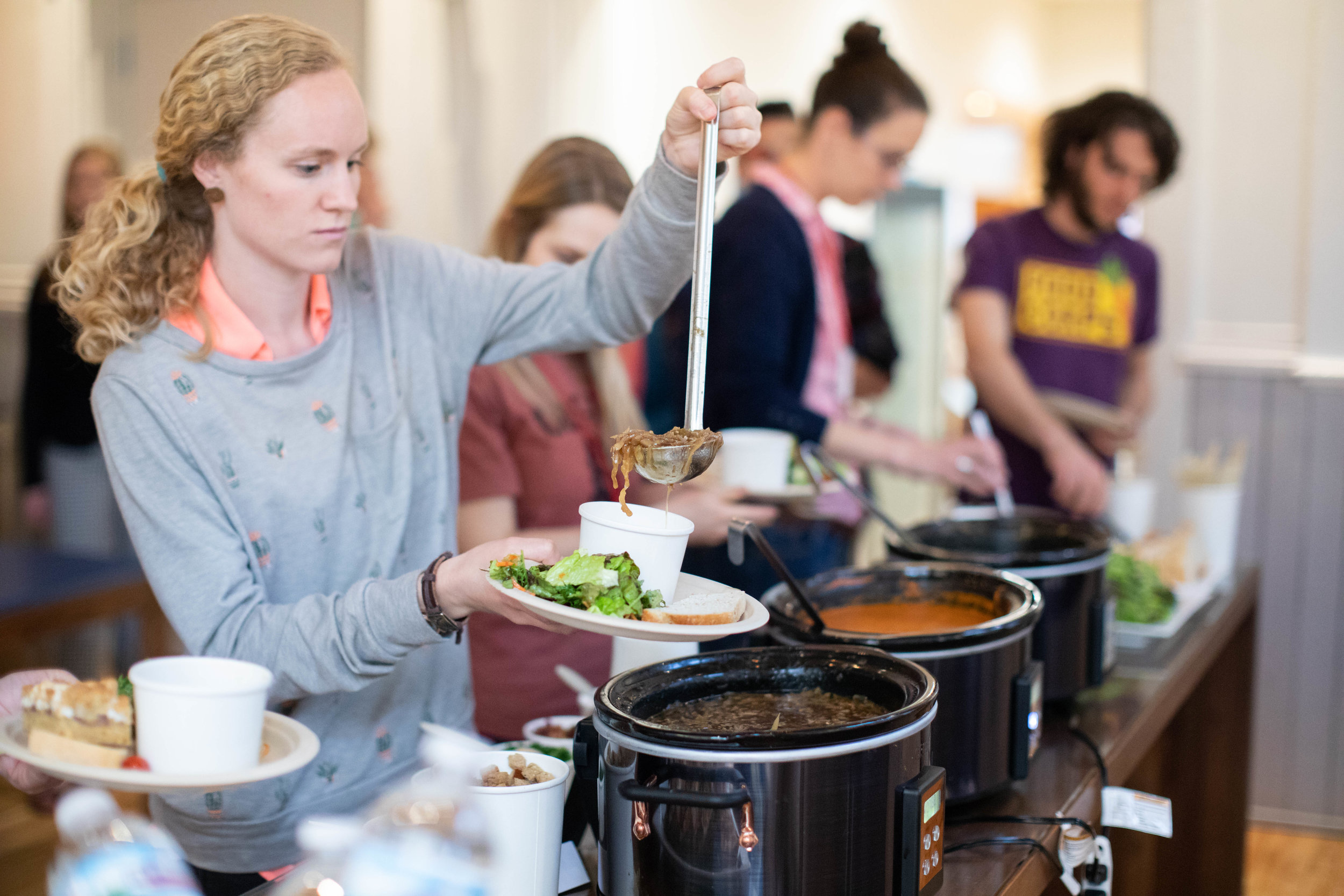Olive Oil Aficionados

For sautéing and salads, olive oil is a kitchen staple. Here’s how to taste, buy, and store this ‘liquid gold.’
During a family trip to Italy in 2006, Melanie Cedargren did what most tourists do. She went to a vineyard to taste wine. Along with her meal, she happened to enjoy olive oil that had just been harvested and pressed from olive trees planted among the vineyard’s grapevines. “While the wine was good, it was the olive oil that changed my life,” she says. “What I was used to cooking with didn’t taste like what I’d just tasted.”
Chances are, the olive oil most of us cook with doesn’t taste like the oil Cedargren tried that day, either. Ranging from spicy and pungent to fruity and floral, the flavor of fresh olive oil, like wine or coffee, depends on the variety of olive, the climate it was grown in, and even the amount of rain that fell that season.
So why is much of the olive oil sold in grocery stores tasteless in comparison?
“Here in the United States, we know that olive oil is good for us, but we’re not aware of the importance that freshness plays,” says Cedargren, who opened an olive oil store called The Spicy Olive in West Chester in 2012, and has since added locations in Hyde Park and Miamisburg.
Unlike wine, which improves over time, olive oil is perishable. The qualities that make it healthy and flavorful—monounsaturated fatty acids, polyphenols, and antioxidants— start declining as soon as the oil is pressed. Exposure to light, air, heat, and time accel- erate that process, which means the ways oil is processed, transported, bottled, and sold play a crucial role in how it tastes and behaves once it ends up in our kitchens.
SLICK TRICKERY
After that trip to Italy, Cedargren researched the olive oil industry and learned about reports of fraud and shady practices, many of which are outlined in journalist Tom Mueller’s 2012 book Extra Virginity: The Sublime and Scandalous World of Olive Oil. Some oil that appears to come from Italy may just be bottled in Italy after being imported from other countries. It also might not even be made entirely from olives; some producers blend olive oil with other oils but don’t disclose the contents on the label. Chemicals may be used to mask the smells of oil that was made from rotten olives or extracted with solvents.
Even the label of “extra virgin,” which is supposed to indicate the highest grade of oil, isn’t always a reliable indicator of quality. In 2015, news broke that seven well-known Italian olive oil producers were being investigated for selling lesser-quality oil as “extra virgin.” A 2010 report from the University of California, Davis, found that 69% of imported olive oil samples failed to meet a U.S. Department of Agriculture quality standard for “extra virgin.” We pay a premium for that “extra virgin” designation, after all, and it seems that in absence of stringent regulation, companies will go to great lengths to convince us we’re getting it.
LOCAL SOURCES
While the international olive oil industry sorts out how to deal with the crisis of consumer confidence olive oil scandals create, we home cooks still need a way to cut through the confusion. There are, after all, many qual- ity olive oils on the market made by passionate, reputable producers, and many of them can be found here in the Ohio Valley.
Take Mt. Kofinas Olive Oil, a local family business that imports olive oil directly from Crete, a Greek island where olive oil has been essential to daily life for centuries. The Semertzides family, which emigrated from Greece and has lived in the Cincinnati area for decades, didn’t set out to bring olive oil to Ohio. When they inherited an olive farm in their home village of Stavies, they did what is traditionally done there. They hired someone to harvest the trees then sold the oil wholesale through the local cooperative.
“Then the price dropped so much that you couldn’t even make the cost of harvesting,” says Nick Semertzides, whose great-grandfather planted many of the Koroneiki olive trees on his family’s land. “We either had to let the trees die or find a way to market it here.” The family chose the latter option, and began importing their extra virgin olive oil and selling it at local farmers’ markets in 2010.
Mt. Kofinas’ olive oil is produced in much the same way that it has been for 300 years, says Semertzides. At harvest time, workers spread nets underneath the trees and use a long-handled tool to knock the olives off the branches. Then they’re quickly gathered in sacks and driven to the cooperative, where the olives are separated from the leaves and pressed. “You have four hours to press it before the quality of the oil starts to drop.”
The oil that comes out of the press is tested for its free fatty acidity level, or FFA. This number measures the breakdown of the fat structure of the oil. The lower the number, the better—a score of .8% or lower is an important factor for qualifying as “extra virgin” by most olive oil regulatory bodies. Mt. Kofinas’s last harvest scored .28%. “Olive oil is fairly stable as a liquid,” says Semertzides. “After a year, my olive oil will go to .4%. If someone says they have a 1% acidity level, that’s about five years less shelf life than ours at .28%. It’s also a lot less healthy because all of the good lipids have deteriorated.”
Mt. Kofinas’ oil is then left in tanks for four to six weeks to naturally separate from the olive’s fibrous material and water. Once it’s ready, the entire season’s yield is shipped in 5-liter containers to their facility in Montgomery where they bottle it and infuse some of it with flavors like garlic, Mediterranean herbs, and chipotle peppers. “There’s no middleman here, whereas the olive oil you get at other stores may have changed hands two or three times,” says Semertzides.
Mt. Kofinas olive oil is sold at farmer’s markets and a stand at Findlay Market, where customers can sample the oil and learn the story behind it. “Until you taste it, you don’t know the difference between mine and other oils,” says Semertzides.
Customer education and tasting is also what stores like The Spicy Olive and Flying Olive, located inside Jungle Jim’s Eastgate location, emphasize. In both stores, spigoted stainless steel tanks line the shelves, and customers are encouraged to taste as many oils as they’d like before buying. Labels share details about the oils that are usually nonexistent on supermarket bottles, like the variety of olive, where it was grown, and its FFA level.
At The Spicy Olive, Cedargren uses a “bi-hemisphere” method of sourcing to make sure her olive oil is no more than six months old. She’ll offer oils from the Arbequina olive, for instance, from Spain starting in January when it’s fresh from the fall harvest, then switch to an Arbequina oil from Chile in September when it’s first available after the early summer Southern Hemisphere harvest.
Not all of the locally available olive oil comes from overseas; according to the American Olive Oil Producers Association, there are 30,000 acres of olives planted in the U.S. (in California, Arizona, Texas, Georgia, Florida, Oregon, and Hawaii); about 2% of the olive oil consumed in the U.S. is grown in this country.
If you’re inspired to seek out and try some fresh olive oil, get ready to experience a range of tastes: grassy, nutty, bitter, fruity, peppery. And don’t be put off by a tingly jolt in the back of your throat—that’s a sign that those healthy antioxidants are still intact.
“I love waiting on new customers and having them taste that fresh olive oil for the very first time,” says Cedargren. “It’s mind-blowing, and you can see it on their face every time.”
Amy is a freelance writer and content strategist with an interest in sustainability, food, and wellness. After 12 years of apartment living in Brooklyn, NY, she's enjoying having space to learn how to grow food in a community garden plot here in Cincinnati. She blogs regularly about sustainability for the nonprofit Sustainable America.





